![]()
![]()
![]()
Use LEFT and RIGHT arrow keys to navigate between flashcards;
Use UP and DOWN arrow keys to flip the card;
H to show hint;
A reads text to speech;
44 Cards in this Set
- Front
- Back
- 3rd side (hint)
|
What is an ANTINODE? |
A point on a stationary wave where the amplitude is a maximum
|
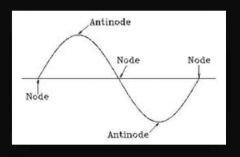
|
|
|
What is PHASE DIFFERENCE? |
Angular direction by which one wave or particle leads or lags behind another |

|
|
|
What is TERMINAL P.D.? |
The potential difference across the total external resistance connected to an e.m.f. source |

|
|
|
Define WORK FUNCTION |
The minimum energy required to release an electron from the surface of a metal |
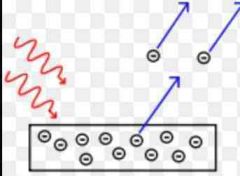
|
|
|
Define AMPLITUDE |
The maximum displacement of any point on a wave from it's equilibrium position, it is always positive |
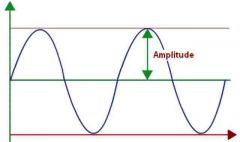
|
|
|
Define RESISTANCE |
Resistance is potential difference per unit time
R=V/I |
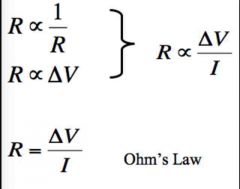
|
|
|
Define the OHM |
1 ohm is the resistance when 1 volt of p.d produces 1 amp of current
R=V/I |
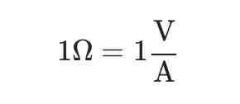
|
|
|
Define the COULOMB |
1 coulomb is the charge transferred in 1 second by a current of 1 ampere
1C=> Q= I x t C= As |

|
|
|
What is a NODE? |
A point on a stationary wave where the amplitude is zero |

|
|
|
What are HARMONICS? |
Stationary waves for a particular system with higher frequencies than the fundamental |
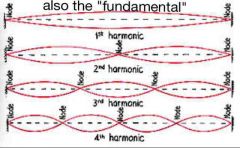
|
|
|
Define the KILOWATT-HOUR |
1kWh is the energy transferred by a 1kW in a time of 1 hour
1kWh= 3.6MJ |
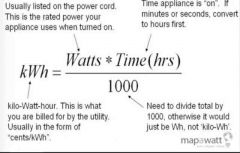
|
|
|
Define the ELECTRON-VOLT |
1eV is the energy charge of an electron when it moves through a potential difference of 1V |

|
|
|
Define POTENTIAL DIFFERENCE |
The electrical energy transferred per unit charge when electrical energy is converted into another form of energy |
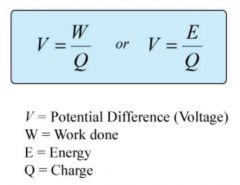
|
|
|
What is the FUNDAMENTAL MODE OF VIBRATION |
The lowest frequency stationary wave for a particular system |

|
|
|
Define RESISTIVITY |
Resistivity= resistance x cross-sectional area/ length
P=RA/L |
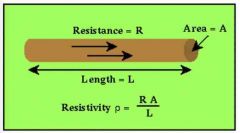
|
|
|
Define MEAN DRIFT VELOCITY |
The average velocity of a charge carrier as it travels through a medium due to it's potential difference
I=Anev |
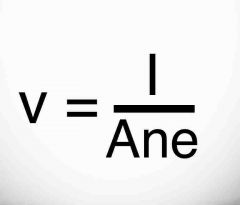
|
|
|
What is meant by THRESHOLD FREQUENCY |
The minimum frequency of electromagnetic radiation required to release an electron from the surface of a metal |
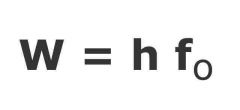
|
|
|
What is meant by PLANE POLARISED WAVE |
A transverse wave that oscillates in only one place |

|
|
|
Define the PERIOD of a wave |
The time taken for one complete oscillation of a point on a wave |
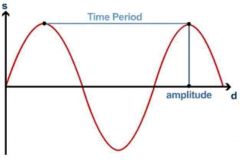
|
|
|
Define FREQUENCY |
The number of oscillations per unit time of any point Measured in Hertz (Hz) where 1Hz= 1 oscillation per second Frequency is the reciprocal of the Period T f = 1/T |

|
|
|
Define DISPLACEMENT of a wave |
The distance any part of a wave has moved from it's |
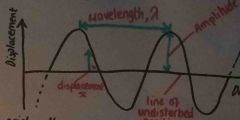
|
|
|
Define the SPEED OF A WAVE |
The distance moved by the wave per unit time |

|
|
|
Define the VOLT |
1 volt is 1 joule per coulomb 1V = 1JC^-1 |

|
|
|
Describe DESTRUCTIVE INTERFERENCE |
When two or more waves meet in anti phase; the amplitudes subtract Waves add to give MINIMA |

|
|
|
Describe CONSTRUCTIVE INTERFERENCE |
When two or more waves meet in phase; the amplitudes add Waves add to give MAXIMA |

|
|
|
Define COHERENT |
Waves with a constant phase difference (same frequency) |

|
|
|
Define WAVELENGTH |
The smallest distance from a point on a wave and a similar point on the next wave |
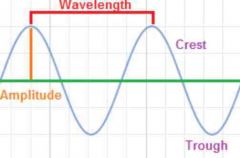
|
|
|
What is the PRINCIPLE OF SUPERPOSITION |
When two or more waves of the same type are in the same place at the same time, the resultant displacement is the sum of the displacements of the individual waves |
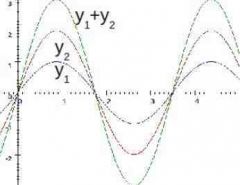
|
|
|
Describe a TRANSVERSE WAVE |
A wave in which the oscillation is perpendicular to the direction of travel of the wave |

|
|
|
Describe a LONGITUDINAL WAVE |
A wave in which particles oscillate parallel to the direction of travel of the wave |

|
|
|
Describe a PROGRESSIVE WAVE |
A wave that carries energy from one place to another |

|
|
|
What is meant by DIFFFRACTION |
The spreading of a wave when it passes through a gap or past the edge of an object |
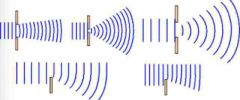
|
|
|
What is meant by REFRACTION |
The change in direction of a wave as it crosses an interface between two materials where it's speed changes |
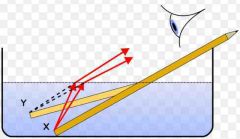
|
|
|
What is meant by REFLECTION |
The bouncing back of a wave from a surface |

|
|
|
What is KIRCHOFF'S 1st LAW? |
The sum of currents entering a point is equal to the sum of currents leaving that point |
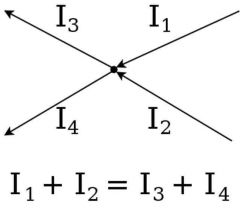
|
|
|
What does Kirchoff's 1st law represent? |
Conservation of charge at a point in a circuit |

|
|
|
What is KIRCHOFF'S 2nd LAW? |
The sum of all the e.m.f's around a circuit loop is equal to the sum of p.d's around that loop |
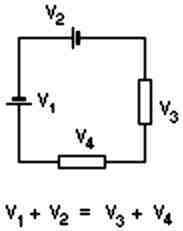
|
|
|
What does Kirchoff's 2nd law represent? |
The conservation of energy in an electric circuit |
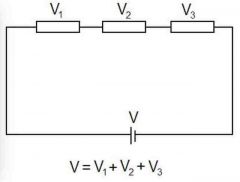
|
|
|
What is OHM's LAW? |
The current through a conductor is proportional to the potential difference across it at constant temperature |

|
|
|
What is meant by CONVENTIONAL CURRENT? |

Direction is from positive to negative |
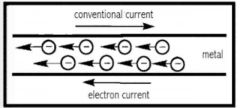
|
|
|
What is ELECTRIC CURRENT? |
The net movement of charge |
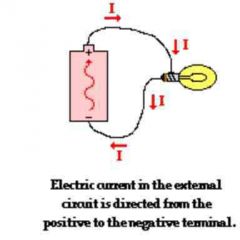
|
|
|
Define POWER |
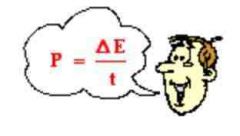
The rate at which electrical energy is supplied to a circuit or consumed by a load
P=E/t This can then be derived into: 1) P=VxI 2) P=V^2/R 3) P=I^2xR |

|
|
|
Define ELECTROMOTIVE FORCE (e.m.f) |
The energy transferred per unit charge when another type of energy is converted into electrical energy
V=W/Q Or E=V+Ir |
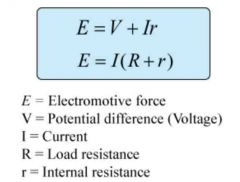
|
|
|
What are the typical wavelengths of... 1) radio waves 2) x-rays 3) ultra-violet radiation 4) infra-red radiation 5) gamma radiation 6) visible light 7) microwaves |
1) 10^3 2) 10^-10 3) 10^-8 4) 10^-5 5) 10^-12 6) 0.5x10^-6 7) 10^-2
|
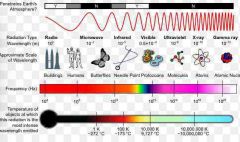
|

